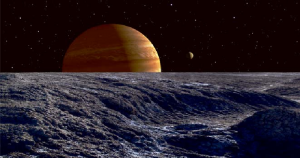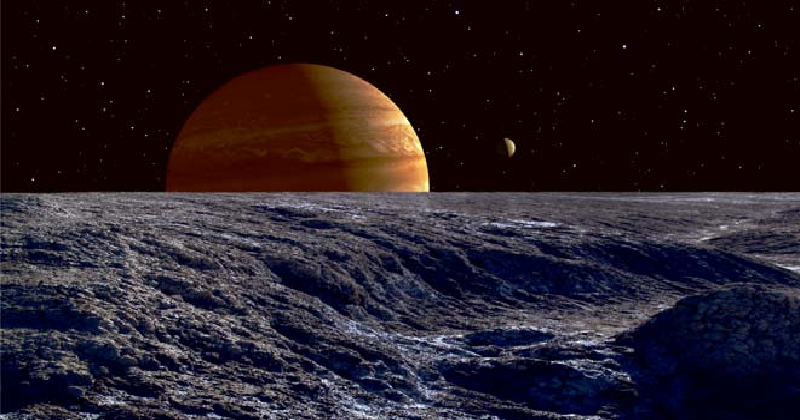
Jupiter’s Moon Europa Creates Enough Heat To Support Ocean: Study
The largest planet of the solar system, The Jupiter exerts a strong gravitational pull on its Moon Europa. A study says that creating heat on moon`s ice sheet is enough to support a sub surface ocean.
To estimate the heat created by heaves and falls of Europa icy surface, a team of geoscientists from brown and Columbia universities set up experiments. Enough heat can be created by active processes from the sun is through tidal dissipation, according to Christine McCarthy from Columbia University.

“If you bend it back and forth, you can feel it making heat at the junction,” McCarthy said. “The way it does that is that internal defects within that metal are rubbing past each other, and it’s a similar process to how energy would be dissipated in ice,” she added.
As a result of these experiments yielded modelling approaches had assumed the most of the heat generated by process forms a fiction at boundaries in between the ice grains. The amount of Heat generated by the size of the grains.
“They weren’t getting the kinds of heat fluxes that would create these tectonics. So we ran some experiments to try to understand this process better,” McCarthy added.
There are some defects the study shows they are creating more heat than it would be expected from around the boundaries.
“There was clearly some sort of tectonic activity – things moving around and cracking. There were also places on Europa that look like melt-through or mushy ice,” said Christine McCarthy.